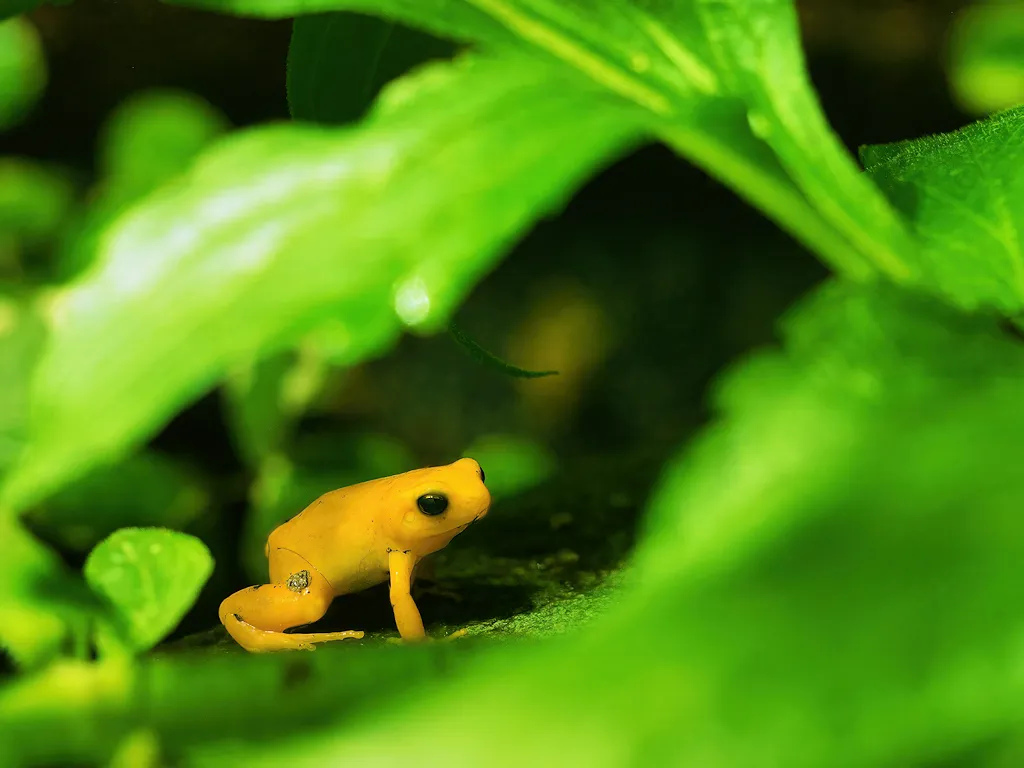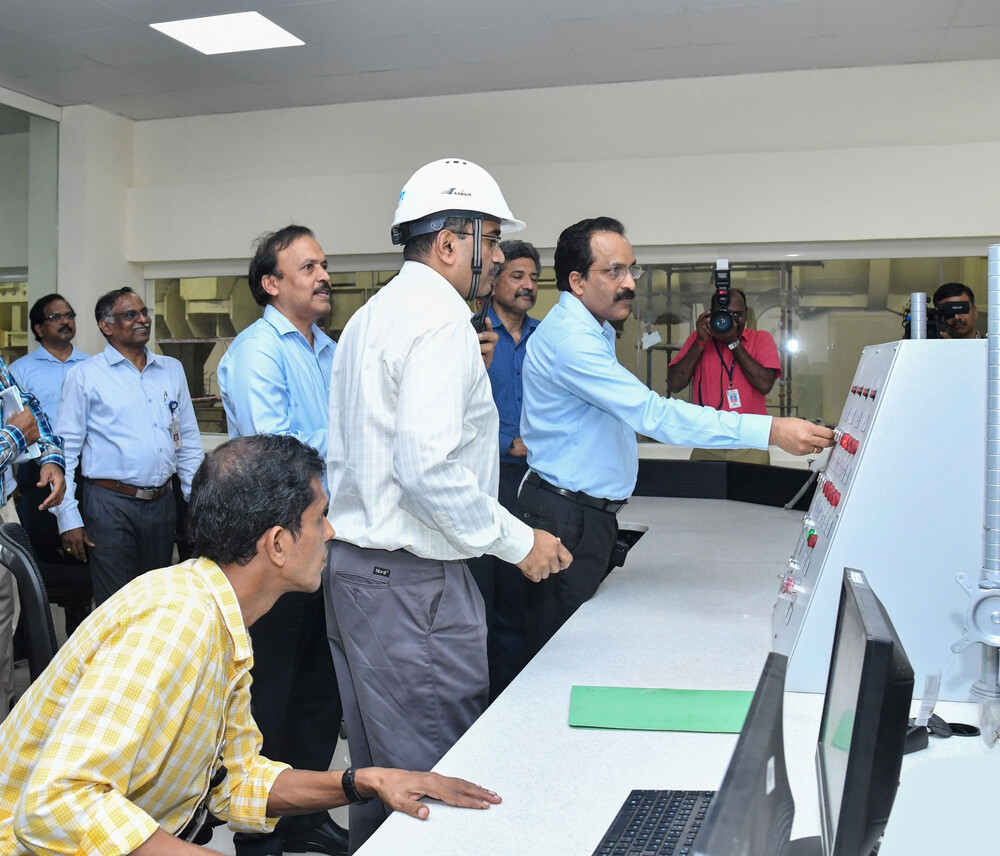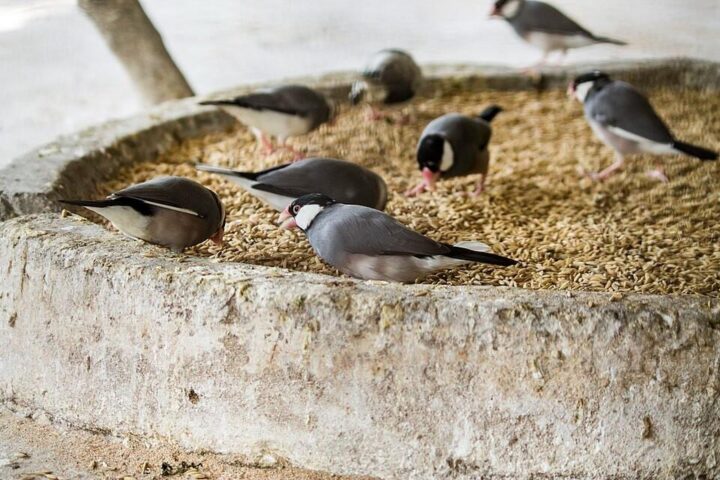Published on October 4 in the scientific journal Nature, a groundbreaking study illuminates the escalating threat of climate change to amphibians, revealing it as a predominant factor driving their global declines. Titled “Ongoing declines for the world’s amphibians in the face of emerging threats,” the research is rooted in the second global amphibian assessment, coordinated by the Amphibian Red List Authority, a segment of the International Union for Conservation of Nature’s Species Survival Commission’s Amphibian Specialist Group. Jennifer Luedtke Swandby, Re:wild manager of species partnerships, poignantly notes, “Amphibians are becoming climate captives, unable to move very far to escape the climate change-induced increase in frequency and intensity of extreme heat, wildfires, drought, and hurricanes.”
Alarming Findings and Extinction Risks
Discovering that a staggering 2 out of every 5 amphibians are teetering on the brink of extinction, the assessment meticulously evaluated the extinction risk of over 8,000 amphibian species worldwide. From 2004 to 2022, climate change emerged as the principal threat for 39% of the species that have been nudged closer to extinction, a figure anticipated to ascend with improved data and projections on species’ responses to climate change. The study underscores that amphibians, particularly sensitive to environmental alterations, are imperiled by the human-induced shifts in climate and habitats. Habitat destruction and degradation, primarily due to agriculture and infrastructure development, still reign as the most pervasive threat, impacting a whopping 93% of all threatened amphibian species.
Salamanders: A Particularly Endangered Group
With 3 out of every 5 species threatened primarily due to habitat destruction and climate change, the research also spotlighted salamanders as the world’s most endangered group of amphibians. Boasting the most biodiverse community of salamanders globally, the North American continent is now under the conservationists’ radar due to the potential threat of a deadly salamander fungus, Batrachochytrium salamandrivorans (Bsal). Dede Olson, a research ecologist with the USDA Forest Service, warns, “It may only be a matter of time before we see the second global amphibian disease pandemic,” emphasizing the criticality of proactive conservation actions to prevent Bsal’s spread into the United States.
Similar Posts
Reflection on Past and Future Conservation Efforts
The study also provides an update to the 2004 landmark paper based on the first global amphibian assessment for the IUCN Red List, which initially unveiled the unfolding amphibian crisis and established a baseline for monitoring trends and measuring conservation impact. The alarming data reveals that nearly 41% of all assessed amphibian species are currently globally threatened, being categorized as critically endangered, endangered, or vulnerable. Four amphibian species have been documented as extinct since 2004, including the Chiriqui harlequin toad from Costa Rica and the sharp-snouted day frog from Australia. An additional 27 critically endangered species are now considered possibly extinct, escalating the total to over 160 critically endangered amphibians presumed possibly extinct.
Voices from the Conservation Community
Adam Sweidan, chair and co-founder of Synchronicity Earth, emphasizes, “We need to act fast,” highlighting the urgency of utilizing the wealth of information from the IUCN Red List and the Amphibian Conservation Action Plan. The information from this study will be utilized to inform a global conservation action plan, prioritize conservation actions at the global level, seek additional resources, and influence policies that can help reverse the negative trend for amphibians. Kelsey Neam, Re:wild species priorities and metrics coordinator, stresses the importance of amphibians in medicine, pest control, environmental monitoring, and contributing to the planet’s beauty, while also highlighting their crucial role in maintaining carbon-storing ecosystems.
A Call to Action and Future Strategies
Ariadne Angulo, paper co-author and co-chair of the IUCN SSC Amphibian Specialist Group, asserts, “The second global amphibian assessment confirms our suspicions that global amphibian declines and extinctions have continued unabated.” Sara Ashpole, paper co-author and associate professor at St. Lawrence University, underscores the indispensability of amphibians to Earth’s life support system and the imperative of maintaining their conservation status at the global forefront. Claudio Azat, paper co-author and director of the Sustainability Research Center, Universidad Andres Bello, Chile, calls this a “call to action for every person on the planet,” urging governments for a swift and efficient response to combat the amphibian biodiversity crisis.
Organizational Efforts and Future Directions
Established in 2005, the IUCN SSC Amphibian Specialist Group has been pivotal in advancing the remit of amphibian conservation through its global secretariat and four pillars: Regional Groups, Amphibian Thematic Working Groups, Amphibian Red List Authority (ARLA), and Task Forces. The ARLA has been diligently working on finalizing the Global Amphibian Assessment 2 (GAA2), which provides a comprehensive overview of amphibian extinction risk worldwide. The Amphibian Conservation Action Plan (ACAP) Thematic Working Groups oversee the development and update of the ACAP in their respective subject areas, which include aspects that range from threats to approaches to amphibian conservation. The ASG has 43 different regional groups, each led by 1-2 chairs, who lead on the identification of priorities and organize their respective groups, providing a geographically-scoped approach to amphibian conservation.
















![A male [[Great white shark]] off [[Isla Guadalupe]], [[Mexico]]. Along with many [[Mackerel scad|Mackarel scads]] seen in the background. Photo Source- Terry Goss (CC BY-SA 3.0)](https://www.karmactive.com/wp-content/uploads/2025/06/White_shark-720x480.jpg)